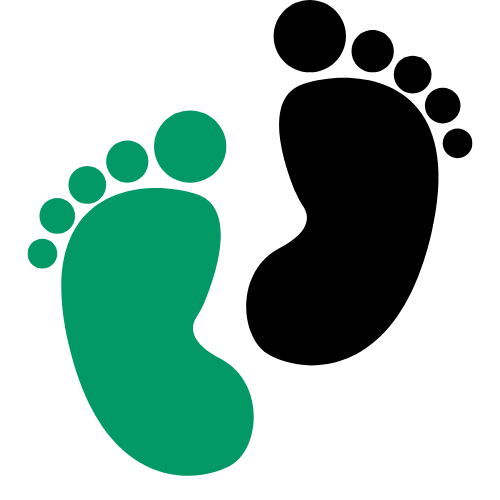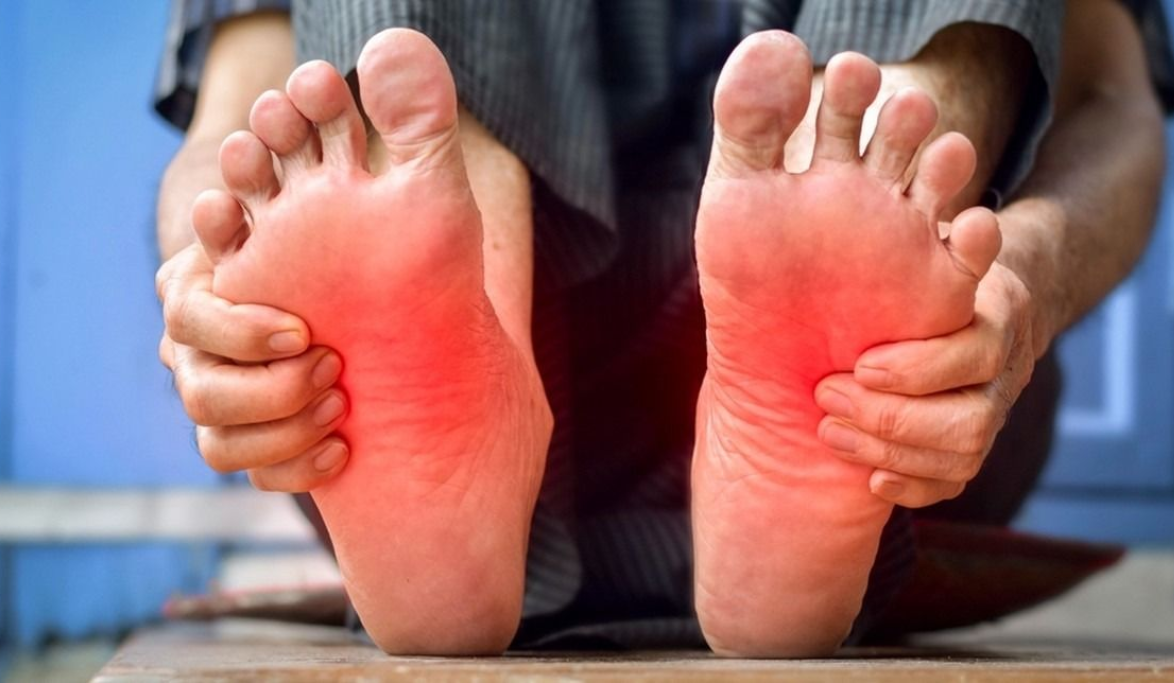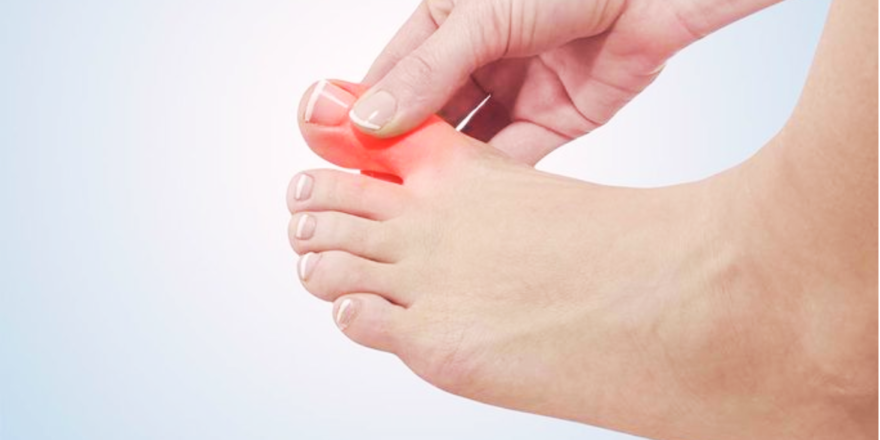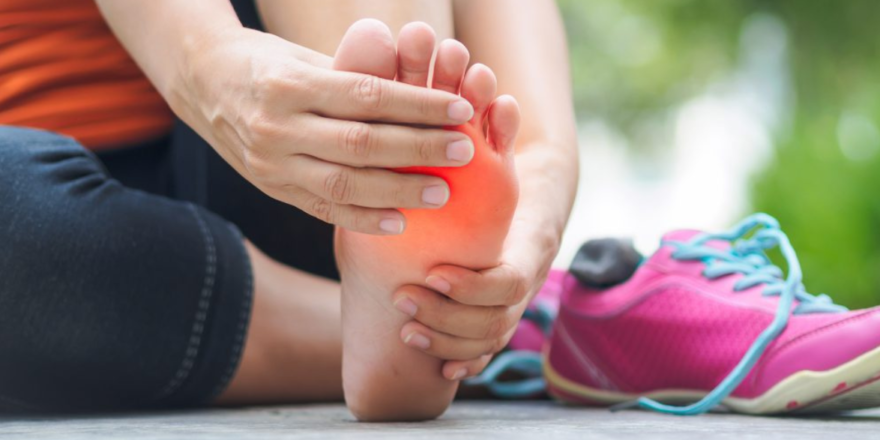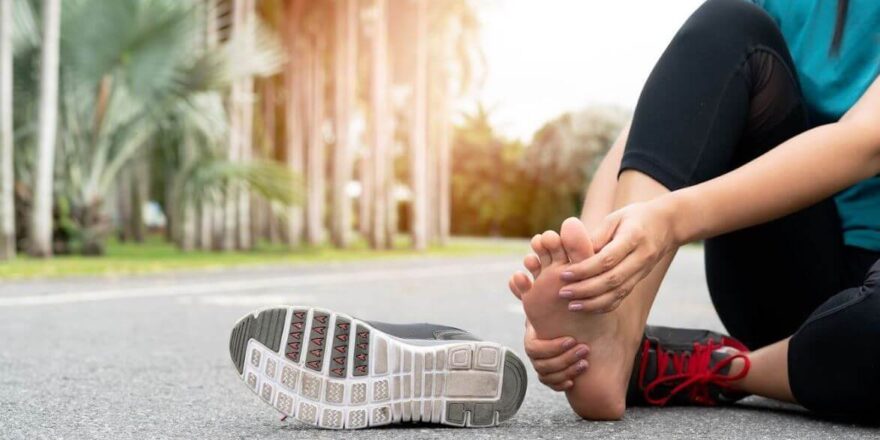For athletes and fitness enthusiasts, every moment counts, whether it’s a sprint to the finish line or pacing yourself through a long workout. However, toe pain can derail those plans, forcing athletes to slow down or step back entirely. Understanding the nature of that pain, especially if it’s concentrated in the big toe, often involves distinguishing Hallux Rigidus from other toe conditions to address the issue effectively and get back in action.
Hallux Rigidus or Something Else? A Quick Guide to Spot the Difference
Sometimes, it could be Hallux Rigidus, a condition that impacts mobility and performance. Other times, it could be something else, like a bunion or gout.
Misinterpreting symptoms or delaying diagnosis could lead to worsening conditions.
This article dives into the unique characteristics of Hallux Rigidus, compares it with other common toe conditions, and provides actionable steps to maintain foot health.
What is Hallux Rigidus?
Hallux Rigidus is a degenerative condition affecting the joint at the base of the big toe (the metatarsophalangeal joint). It is particularly troublesome because this joint plays a major role in walking, running, and jumping. Over time, the joint becomes stiff, making upward movement of the toe difficult and painful. Learn more in our in-depth guide on Hallux Rigidus.
Symptoms of Hallux Rigidus
- Pain and stiffness in the big toe, especially during activity.
- Swelling and inflammation around the joint.
- Difficulty bending the toe upward (dorsiflexion).
- A bony bump on the top of the foot, similar to a bunion in appearance.
Impact on Athletic Performance
For athletes, Hallux Rigidus can significantly hinder performance by affecting push-offs during running or jumping. It can also alter gait mechanics, leading to compensatory issues in other areas like the knees and hips. Everyday activities such as walking or climbing stairs can become painful, limiting mobility and independence.
Distinguishing Hallux Rigidus from other toe conditions
Because several toe-related conditions share overlapping symptoms, it’s easy to confuse Hallux Rigidus with other issues. Here’s how to differentiate them:
Hallux Rigidus vs. Bunions
- Location: A bunion forms on the side of the big toe joint, creating a visible bump. Hallux Rigidus develops stiffness and pain at the top of the big toe joint.
- Cause: Bunions are largely caused by improper footwear or genetic predisposition, while Hallux Rigidus is typically linked to arthritis or repetitive stress.
- Symptoms: Hallux Rigidus results in joint stiffness, while bunions are often accompanied by deformity and visible misalignment.
Hallux Rigidus vs. Turf Toe
- Cause: Turf toe is a sprain of the big toe joint caused by sudden hyperextension, common in sports like football or soccer. Hallux Rigidus develops gradually due to wear and tear or arthritis.
- Key Difference: While both conditions cause pain in the toe joint, turf toe is often acute and associated with a specific injury, while Hallux Rigidus progresses over time.
Hallux Rigidus vs. Gout
- Symptoms: Gout causes sudden and severe pain with redness and swelling around the toe joint, often making it warm to the touch. Hallux Rigidus, on the other hand, causes gradual stiffness and swelling without the sharp, episodic attacks associated with gout.
- Cause: Gout results from uric acid crystals building up in the joint, whereas Hallux Rigidus stems from joint degeneration.
Diagnosing Hallux Rigidus
If persistent toe pain and stiffness are affecting your daily life or athletic performance, diagnosing the cause early is key. Here’s how podiatrists typically identify Hallux Rigidus:
-
Physical Examination
A podiatrist will assess the range of motion in the big toe joint. Limited upward movement combined with tenderness may indicate Hallux Rigidus.
-
Imaging Tests
X-rays are often used to confirm the diagnosis by revealing narrowing joint spaces, bone spurs, or arthritis. Advanced imaging techniques, such as MRIs, can provide greater insights into soft tissue damage when necessary.
Early diagnosis makes treatment more effective, allowing athletes to return to their routines faster.
Treating Hallux Rigidus
The treatment path for Hallux Rigidus largely depends on the severity of the condition. Here are the available options:
Non-Surgical Treatments
- Rest and Ice: Reduces inflammation and pain after activity.
- Orthotics: Custom shoe inserts can relieve pressure from the affected joint.
- Medication: Over-the-counter anti-inflammatory drugs (NSAIDs) alleviate swelling and discomfort.
- Physical Therapy: Specific exercises and stretches improve flexibility and strengthen the surrounding muscles.
Surgical Options
When non-surgical methods don’t provide relief, surgery may be necessary:
- Cheilectomy (removal of bone spurs): Often performed in the early stages to improve joint mobility.
- Arthrodesis (joint fusion): Fuses the joint, eliminating pain but limiting movement.
- Joint Replacement (in severe cases): Replaces the damaged joint with an artificial one.
Surgical treatments are highly effective but should only be considered after consulting with a specialist.
Preventing and Managing Hallux Rigidus
Prevention is always better than cure, and for athletes and fitness enthusiasts, managing early symptoms can go a long way:
Preventing the Condition
- Wear Proper Footwear:
Avoid shoes with narrow toe boxes or high heels. Opt for supportive shoes with adequate room for toe movement. Check out the best running shoes for Hallux Rigidus here.
- Maintain Joint Health:
Include joint-strengthening exercises in your fitness routine and avoid repetitive stress on the big toe.
- Monitor Your Feet:
Pay attention to early signs of stiffness or discomfort and address them promptly.
Managing Symptoms
- Use ice packs after high-impact activities to control inflammation.
- Do regular stretching exercises like toe curls or towel scrunches to maintain joint mobility.
- Invest in high-quality orthotics to reduce pressure on sensitive joints.
By taking proactive steps, you can minimize discomfort and keep performing at your best.
Healthy Toes, Stronger Performance
For athletes and fitness enthusiasts, foot health is the foundation of peak performance.
Conclusion
Conditions like Hallux Rigidus can sneak up slowly, but early detection and management are pivotal for avoiding long-term consequences. Whether you’re sprinting on the field or powering through an intense workout, paying attention to your feet keeps you one step ahead.
If you suspect Hallux Rigidus or any other toe condition, don’t delay—consult a podiatrist to get personalized advice and safeguard your athletic potential.

